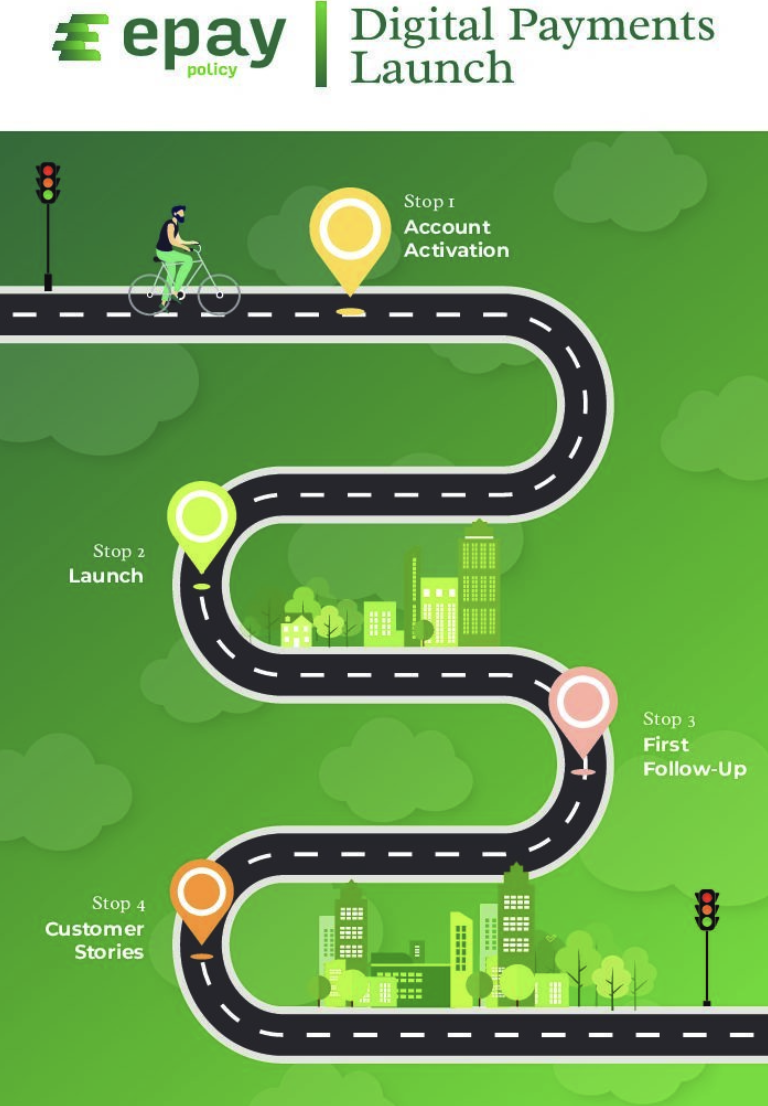The new year is classically a time when independent agents, like yourself, look to the future. Goal setting is typically a part of the equation.
Whether you call them New Year’s resolutions, career goals, strategic objectives, or anything else doesn’t matter; the purpose is the same. It’s all about identifying where you want to go and making it your mission to get there.
The thing is, goal setting alone isn’t enough. If you want to jumpstart success, you have to go further. Luckily, it isn’t as hard as it may seem on the surface. With the right approach, you can crush your 2021 goals. If you aren’t sure where to begin, here’s what you need to know.
Define Your Personal Goals
You can’t crush your goals if you don’t pick one to go after. After all, you can’t achieve success until you envision it, so let your imagination run a bit wild.
Spend a little time considering what you want to achieve. Jot down ideas as they come to you, even if they seem tiny or outlandish.
The purpose is to really reflect on what you want. If you’re struggling to come up with an idea, don’t be afraid to start small. Goal setting doesn’t mean you always have to go for broke. As long as the objective matters to you, keep it on the table.
Implement a Tactic
Once you’ve got some solid ideas, it’s time to refine them. If a goal is too broad, odds are you’ll run into trouble. That’s why you need to get a bit granular.
So, how do you get detailed goals? By implementing a reliable tactic.
SMART Goals
If you want to go with a classic goal-setting approach, try SMART goals. SMART is an acronym that stands for Specific, Measurable, Achievable, Relevant, and Time-bound. By going this route, you use the meaning of each letter as a guiding principle, empowering you to drill down into your ideas and refine your goal. Here’s a quick overview of what each point means:
- Specific goals are well-defined. You need to know what you want to accomplish, why it matters to you, and what it might take to get there.
- Measurable goals have a clear point of success. It’s a metric that lets you know you’ve accomplished what you’ve set out to do.
- Achievable goals are realistic objectives. You want to make sure attaining it is possible.
- Relevant goals feel worthwhile. What you’re trying to achieve needs to matter to you personally. Otherwise, staying motivated is going to be tricky at best.
- Time-bound means having a deadline. It’s giving yourself a time constraint, creating a sense of urgency that can keep you focused.
Objectives and Key Results
The objectives and key results (OKRs) approach is another goal-setting tactic that may work for you. It’s a fairly simple (and incredibly agile) framework for creating meaningful, well-defined goals.
First, you identify an objective. Ideally, this will be a specific target that you can express concisely. They should be ambitious but reasonable. For example, “Improve work-life balance” is a potential personal objective.
Second, you determine the key results. Usually, these are deliverables or actions that allow you to achieve that goal. Using the “work-life balance” example again, a key result might be to “Stop responding to email at COB” if you tend to keep working after-hours.
The key results are what you’ll do to achieve the larger objective. They are crucial overall, but especially for goals that aren’t quantified or could otherwise be a bit vague.
Be Reasonable
As you set goals, make sure they are reasonable. While stretching a bit is fine, if you reach too far, you may topple well before you get there.
Make sure your objectives are challenging but technically doable. That way, you’re promoting growth and positive change in a way that’s inspiring, not frustrating.
Build a Roadmap for Success
Once you make achievable goals, it’s time for a roadmap. Essentially, you want to create a step-by-step process that gets you from where you are to where you want to be in the end.
In some cases, finding the lowest common denominator works. It can be a suitable beginning point, allowing you to envision what has to come next.
For others, working backward is ideal. You look at your final goal and figure out what has to occur right before you achieve it. Then, you identify the step that has to happen immediately before that one, and so on.
As you proceed, identify and align the proper resources. Additionally, treat your roadmap as a flexible framework. Obstacles do happen, so embrace the idea that you might need to pivot along the way.
Track Your Progress
Once you have your roadmap, it’s time to get to work. Start working your steps, moving ever closer to your goal.
Additionally, perform regular progress check-ins. If you’re working on personal goals, pause once a month to see where you are and what needs to come next. If you’re focused on team or company goals, have high-value meetings each week or month to sync up.
Either way, determine if you’re on target. Then, if you aren’t, start problem-solving to get back on track.
Rinse and Repeat
The approach above can be used for all kinds of goals, including on personal, career, and company levels. Work one angle and then repeat the process on another. In the end, you’ll have well-defined goals that can help you move forward in 2021.
Looking for More Independent Insurance Agency Tips?
At ePayPolicy, we embrace the OKR approach. It lets us work from the top down, keeping our objectives and alignment clear.
If you’d like more tips about goal setting for independent agents, we’ve got you covered. Follow us on Facebook for more tidbits, tricks, and insights.
